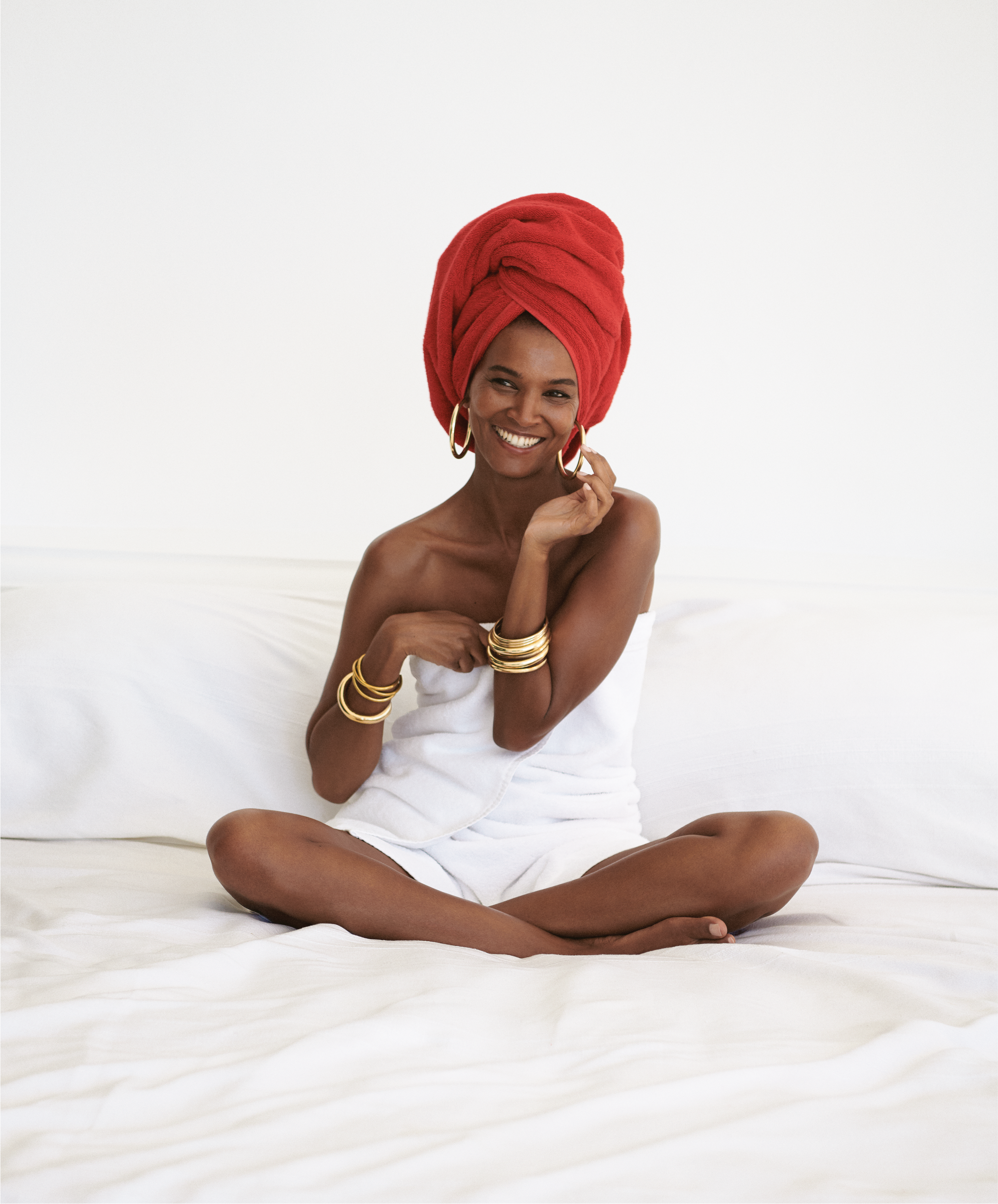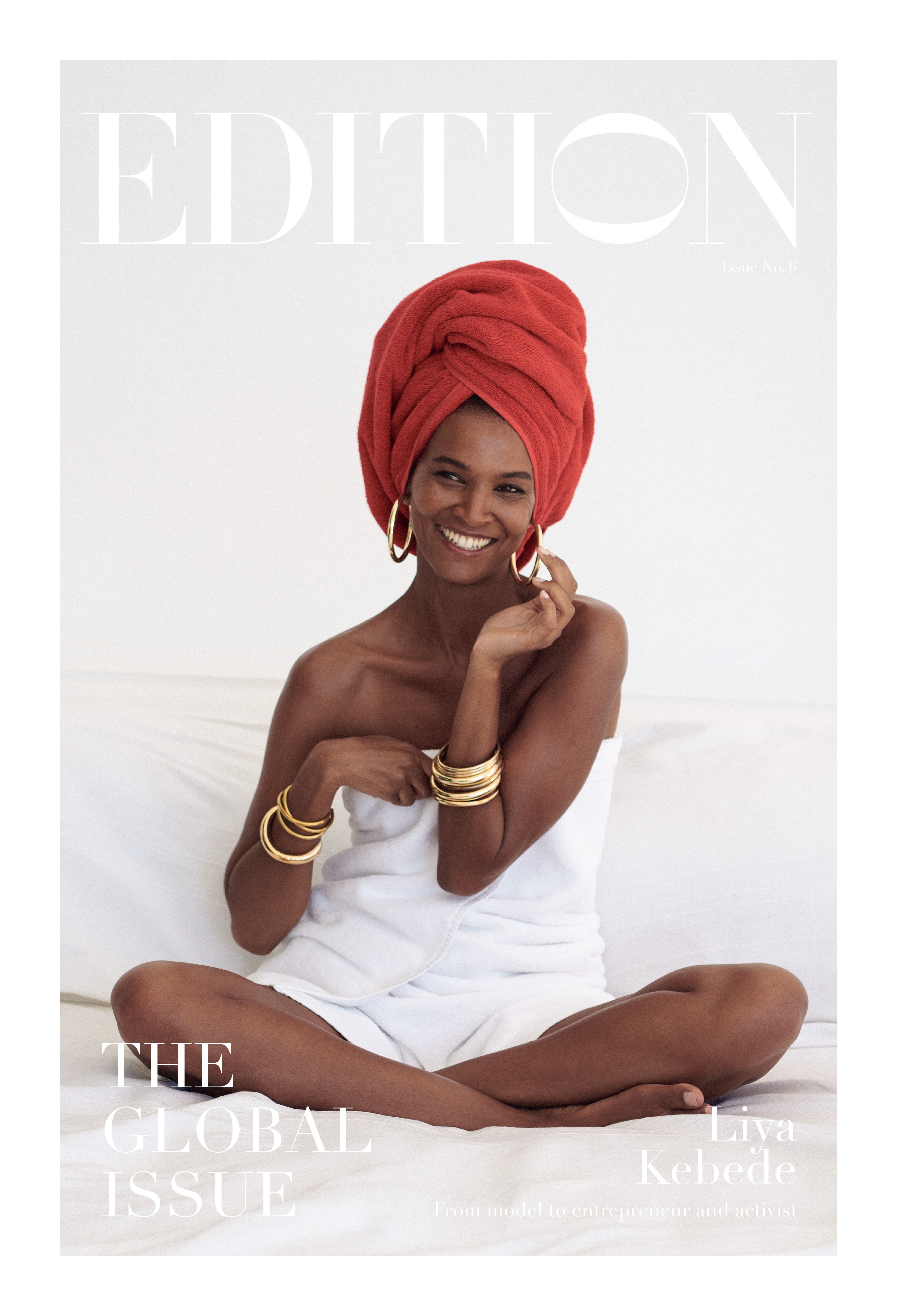
Global Issue
Global Issue: Editor’s Letter
Editor’s Letter
John Fraser
The Michelin-starred chef has a story to tell you through his cooking
Pundy’s Picks for Conscious Travel
Six tips for considered and conscious travel
Genmaicha Martini Recipe
The classic martini plus the health benefits of green tea
The Spread Love Project by Nicholas Konert
How Nicholas Konert’s rainbow heart design became an international icon
Wade Davis
Anthropology is the antidote to today’s nativism says the scholar and author
Carla Sozzani
The future of retail according to the founder of legendary concept store 10 Corso Como
The Art of Migration
The power of art to inspire empathy and social action
John Pawson
Zen Buddhism and minimalist purity drive the celebrated architect
Amy Duncan
As the CBD line Mowellens expands into skincare, its founder shares the personal story behind her company
Sila Sveta
Moscow’s favorite media studio finds the perfect balance between art and commerce
David de Rothschild
In his calls for environmental awareness, the modern explorer finds harmony between man and nature
Can Fashion Be Sustainable?
Shaping a better world through what you buy – or don’t
Brendon Babenzian
Supreme’s former creative director wants to end the cycle of consumption with his new brand Noah
Lily Kwong
Nature invades the urban jungle in the landscape designer’s expansive projects
House of Yes
Behind the scenes with the Bushwick nightlife collective promoting inclusivity and consent culture
Vivie-Ann Bakos
DJ Extraordinaire
Chez Dede
A medium in which two world-traveling, adventurous spirits absorb the globe’s vast curiosities and share them freely
Jesse Israel
A meditation guide for extraordinarily large groups
Liya Kebede
The Ethopian model, activist, and entrepreneur uses her label Lemlem as a force for change
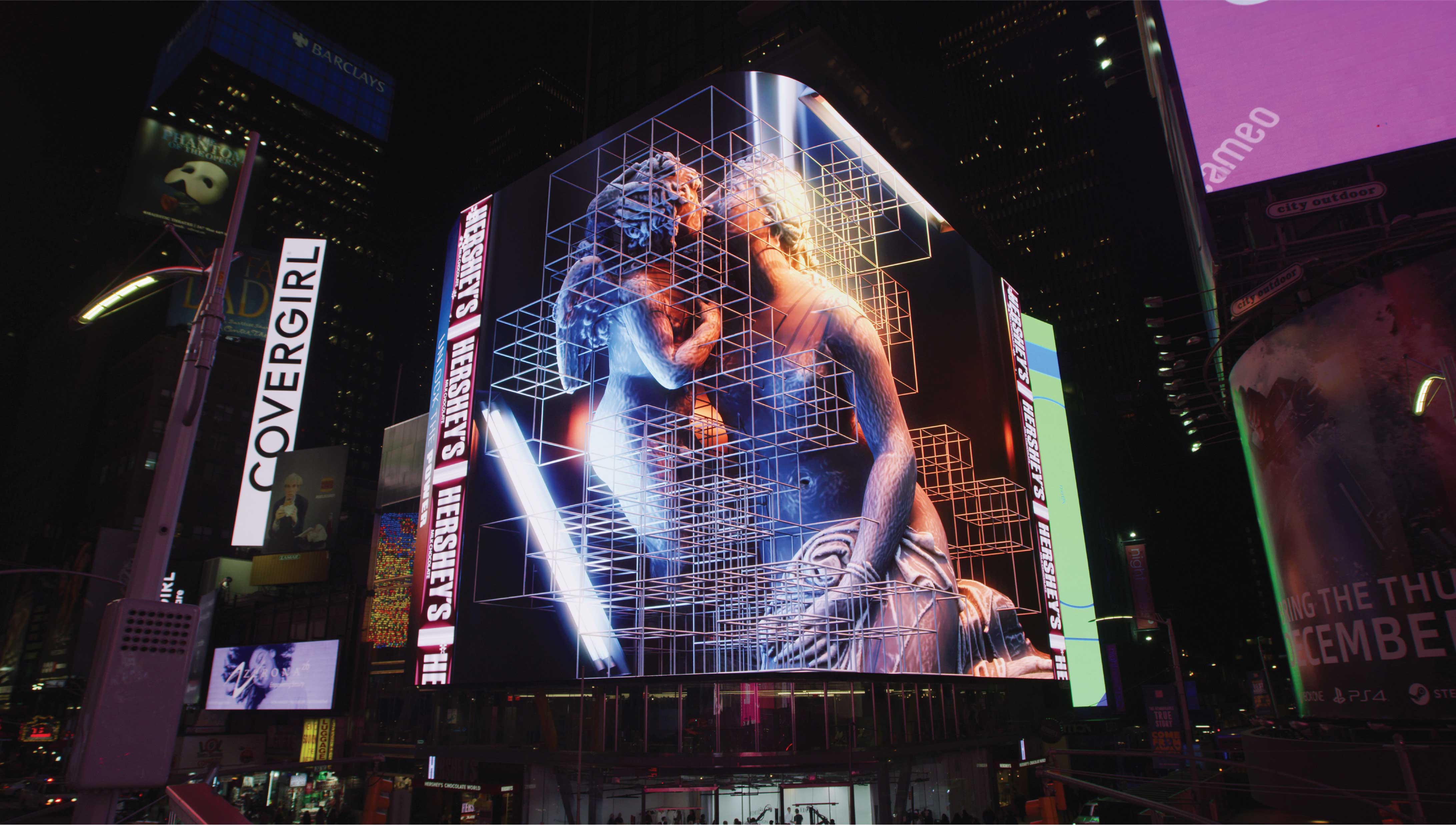
Spectacle for spectacle’s sake has never been what interactive media studio Sila Sveta does. Instead, the group, whose installations often span laser light programming, 3D mapping, and set design, knows that in order to stand out, it needs to create a more emotive connection to the work. At Nina Kraviz’ performance at Coachella this year, for example, they tapped into the DJ’s personal life and projected video vignettes of her dancing in her Moscow apartment behind her as she played, opening her up to the audience. The result was a very human intimacy that simmered beneath the Blade Runner æsthetics of the projections—no small feat considering that over 100,000 people were at the festival each weekend.
Sila Sveta was founded in 2008 in Moscow by Alexander Us and Alexey Rozov, two self-taught creatives who first made their name with slide projections, including a record-setting one on their hometown’s Ostankino Tower. In the midst of the global recession that hit shortly after, Us and Rozov decided to make a deal with the legendary Moscow techno nightclub Krysha Mira and traded work for food and space in its abandoned factory home. The three years they spent there were formative, as the studio gave them room—literally—to evolve and experiment.
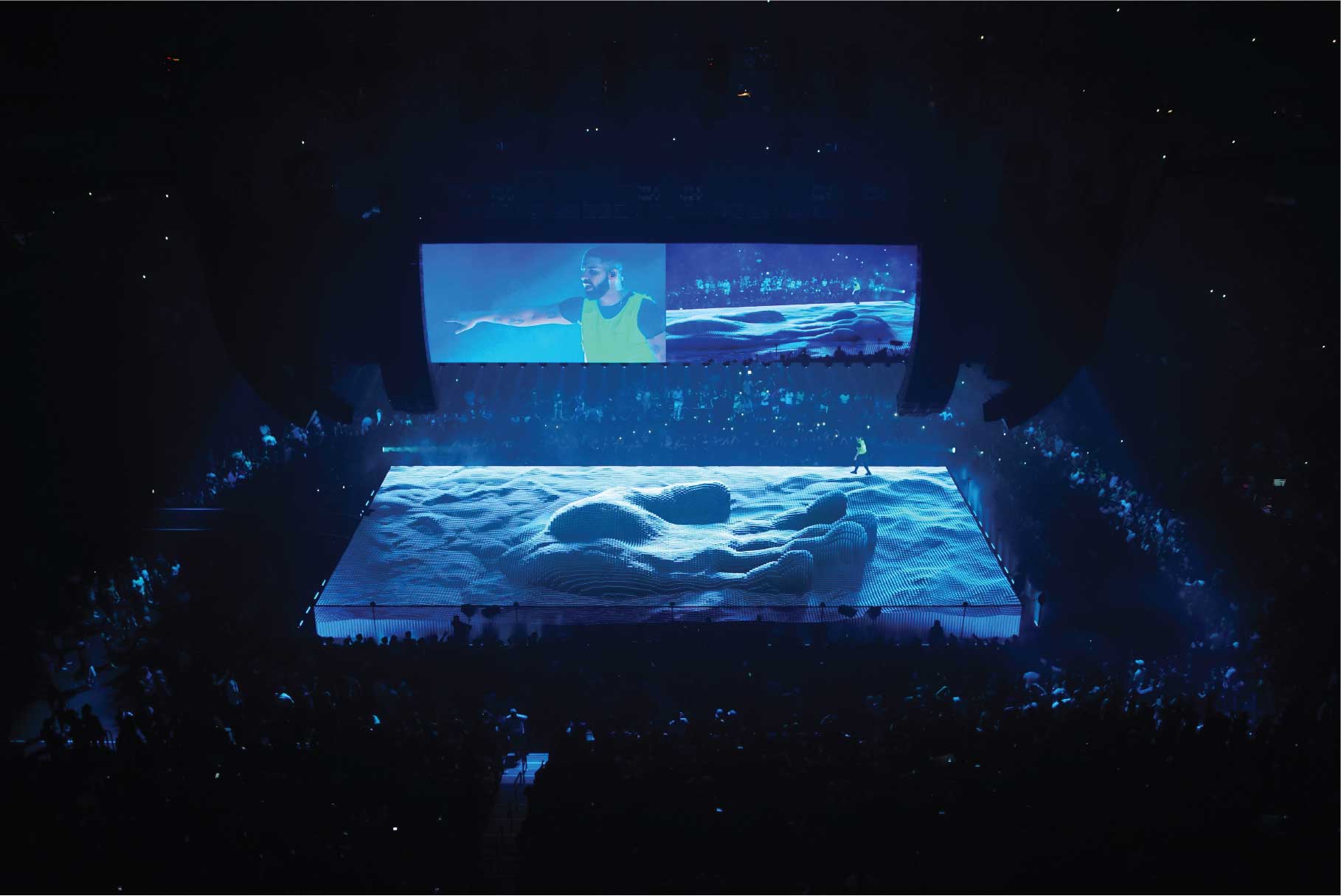
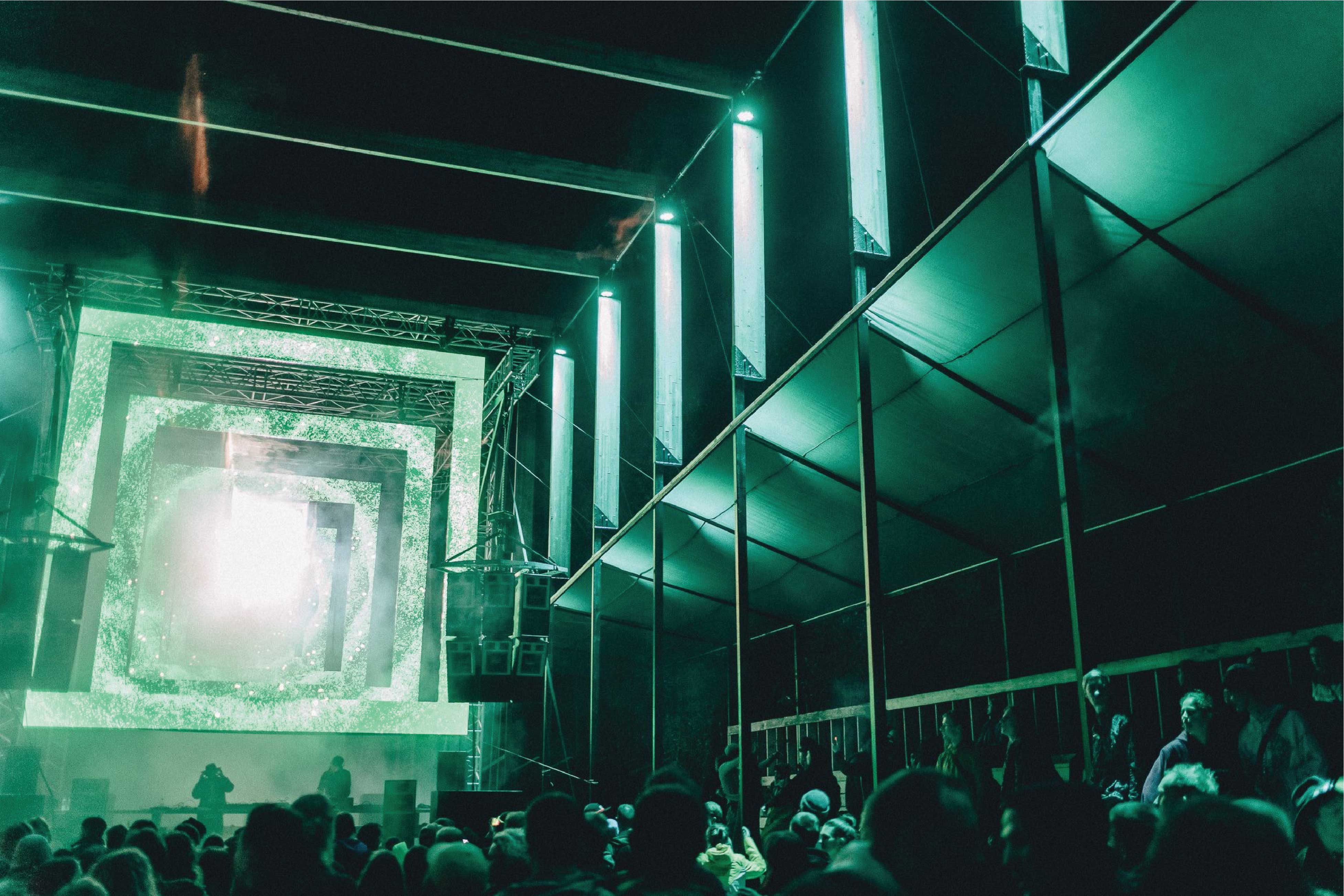
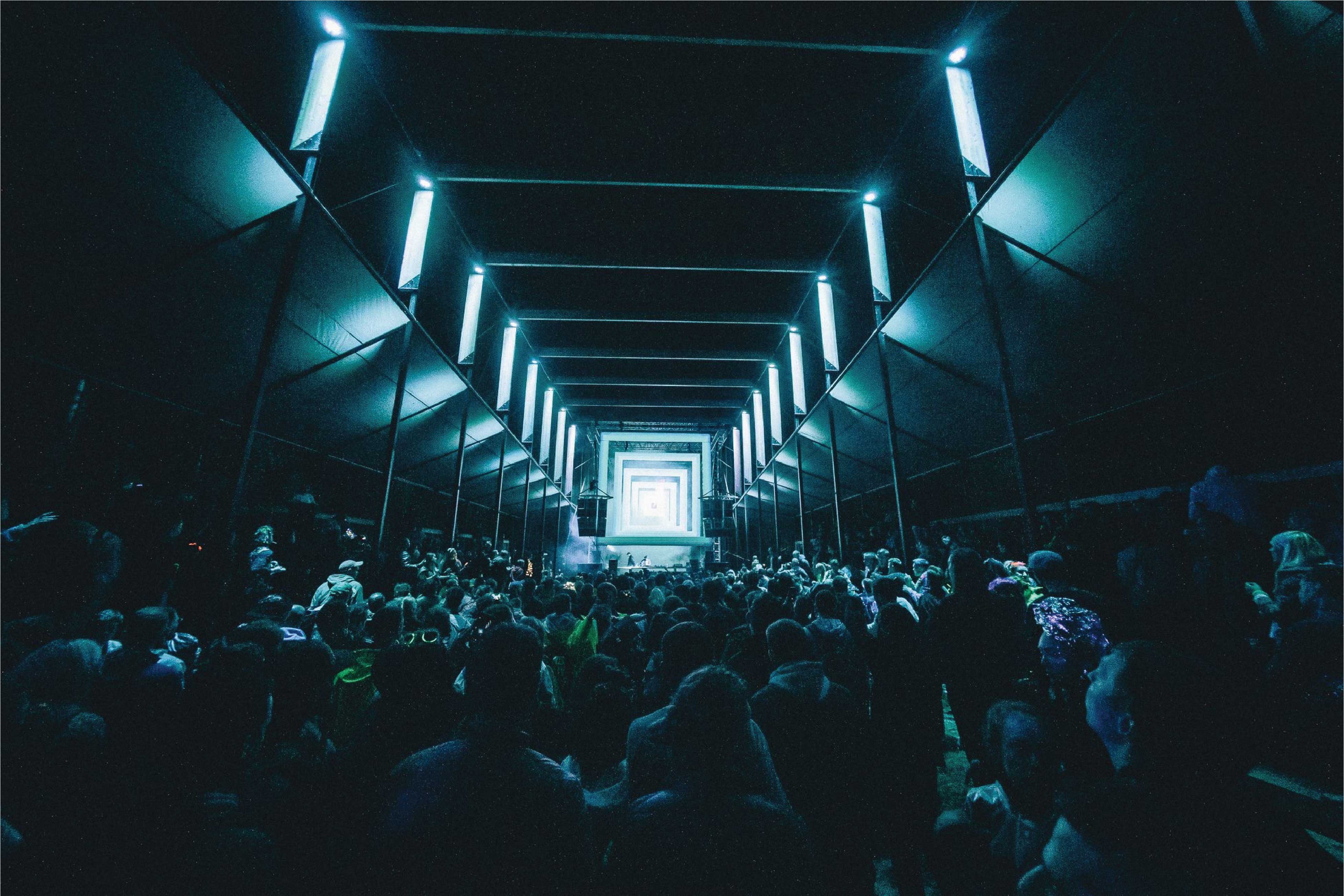
More than ten years later, the studio has since expanded to Moscow and New York, with over forty staff between the two offices. Projects in recent years have included a digital video booth of mutating, Comme des Garçons inspired light projections at the 2017 Met Gala; the hyperreal 3D set design for Drake and Migos’ 2018 tour where lava, a flying Ferrari, and an unsettlingly large scorpion shared the stage with the artists; and a mindbending display of computer generated art on a billboard in Times Square to celebrate the opening of the EDITION on Seventh Avenue. Polina Zakh joined in 2015 after being introduced to Us and Rozov at a Midsummer Night’s Dream-themed party; now, as vice president, she drives a lot of the creative direction. Much of her inspiration comes from photography and art, she says—and the internet, by way of Instagram and Behance—but also from cities, nature, robots, psychology, and people. Being in New York has also driven the company’s imagination further. “There’s a constant exchange of energy,” she explains.
In many ways, the large-scale, often public nature of Sila Sveta’s work means it has to tread the lines between creative and mass culture. More often than not, its work hits the sweet spot when the two are woven together. As Zakh, whose background lies in art dealing, says: “I was accused so many times for being commercial in the art world, but I see nothing bad in it.”
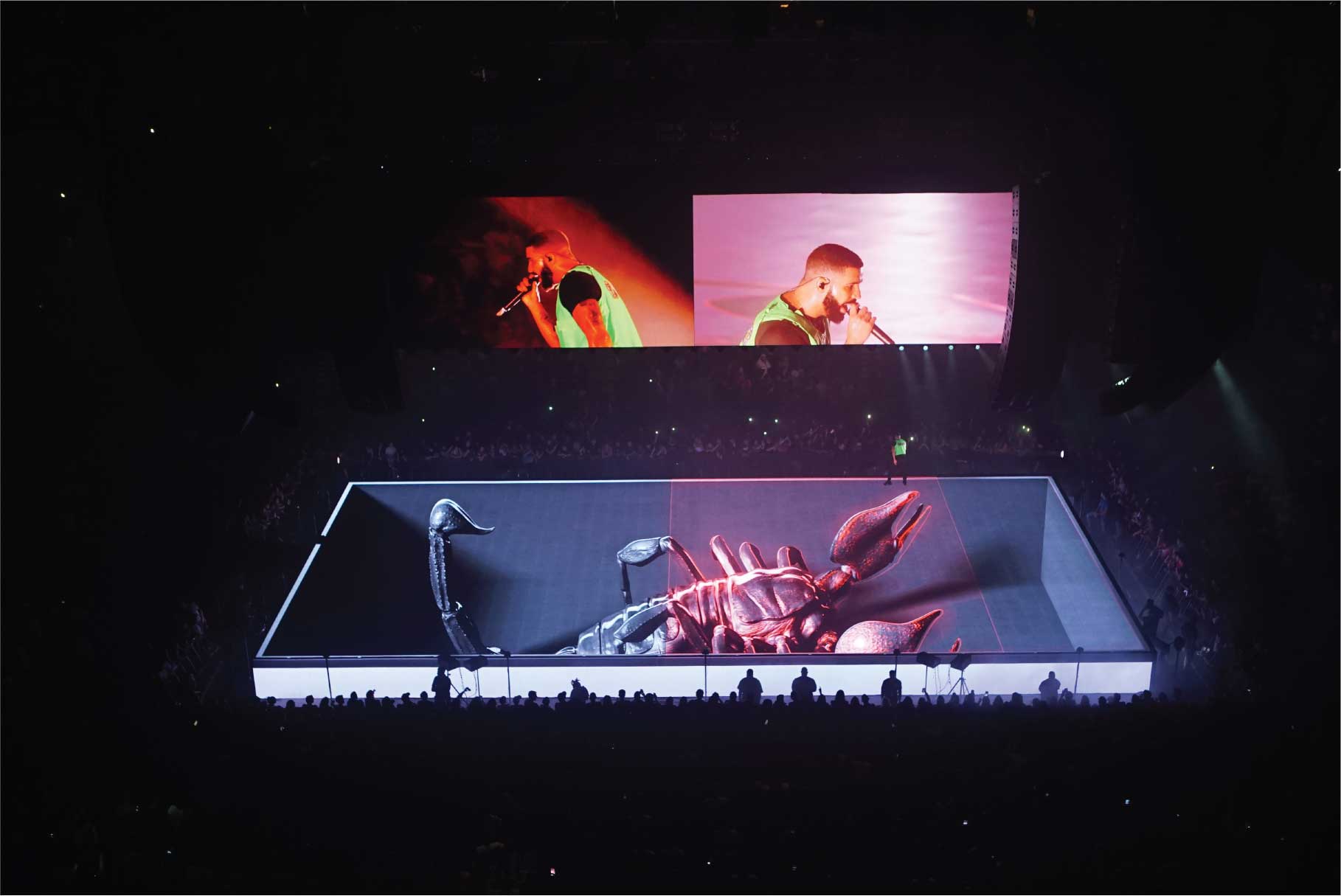
Liya Kebede
The Ethopian model, activist, and entrepreneur uses her label Lemlem as a force for change
Art & Culture
The power of art to inspire empathy and social action
Zen Buddhism and minimalist purity drive the celebrated architect
Moscow’s favorite media studio finds the perfect balance between art and commerce
Behind the scenes with the Bushwick nightlife collective promoting inclusivity and consent culture
DJ Extraordinaire
A medium in which two world-traveling, adventurous spirits absorb the globe’s vast curiosities and share them freely
A meditation guide for extraordinarily large groups
Experiences
Moscow’s favorite media studio finds the perfect balance between art and commerce
In his calls for environmental awareness, the modern explorer finds harmony between man and nature
Behind the scenes with the Bushwick nightlife collective promoting inclusivity and consent culture
DJ Extraordinaire
Food & Drink
The Michelin-starred chef has a story to tell you through his cooking
Six tips for considered and conscious travel
Personalities
Style
The classic martini plus the health benefits of green tea
How Nicholas Konert’s rainbow heart design became an international icon
As the CBD line Mowellens expands into skincare, its founder shares the personal story behind her company
Nature invades the urban jungle in the landscape designer’s expansive projects
The Ethopian model, activist, and entrepreneur uses her label Lemlem as a force for change

